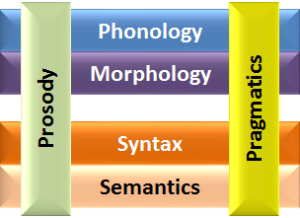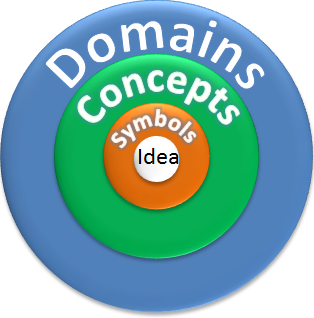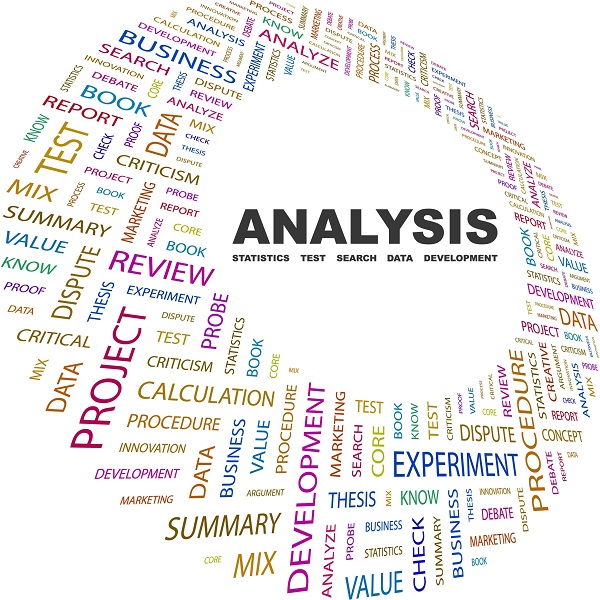07 May Pairs of Language Strata
 The Paired Model
The Paired Model
By pairing language strata, we attempt to find or describe symmetrical structures in language, thus helping clarify one of the most abstract phenomena known to man: verbal communication. This pairing of characteristics is also useful in decomposing the problem into smaller chunks to make it easier for computers to deal with.
A note about this illustration: pragmatics and prosody cross multiple other strata. This is so for pragmatics because it is the conceptual foundation of language understanding. Contextual information is included in the overall category of pragmatics, even though context may be considered a separate stratum. Prosody is a key to understanding phenomena at all these levels, plus exformation and subtext.
| Understanding Context Cross-Reference |
|---|
| Click on these Links to other posts and glossary/bibliography references |
|
|
|
| Prior Post | Next Post |
| A Slice of Language | Three-Dimensional Model of Language |
| Definitions | References |
| language strata | Lamb 1964 |
| communicating | Lamb 1966 |
| pragmatics | Huang 2007 |
 The Taxonomy of Ideas
The Taxonomy of Ideas
Some diagrams present language strata as a taxonomical hierarchy, while others, such as the one above, show the elements needed for communicating meaning with words. Meaning can be described in many ways, but for today’s purpose, let’s go to a fine grained model of intent in which the central object is an idea. We wrap symbols around ideas and call them human language. Some of the symbols may be gestures or other extra-linguistic signs, and these are important, but not part of the current analysis. Domains and concepts, in the present context, are considered the closest parts of language to meaning or message content.
Besides straightforward forms of communication such as normal discourse, prose, technical writing and text-messaging (to name a few), there are many less direct forms of communication in which much of the meaningful content is expressed in ways not detectable by grammatical analysis. These include metaphor, poetry, dishonesty and other forms that may be part of any of the straightforward modes of communication. Each of these impact analysis at different strata of language, but mostly the pairing of semantics and pragmatics. In the cases of mimesis and onomatopoeia, phonology may actually bear the closest ties to meaning, but this relationship is extremely limited and accounts for only a small fraction of any language.
Domains (of knowledge) and concepts, being the carriers of meaning, are the largest and most long-lasting, where symbols and ideas are abstract, and they come and go. Including concepts and domains is necessary in a communication model because, if there were not anything to talk about, there would be no need for communication: we could end the discussion right here. As we begin to formulate a strategy to analyze speech acts and writings to determine the intent of the speaker or writer, our stratified model of language either resides within, or significantly intertwines itself with our understanding of thoughts and concepts.
The inherently abstract languages, symbols, structures and stratified functions gradually increase in their relative distance from meaning. The arbitrary symbolism of language, in fact, becomes so distant from meaning that it is easy for native speakers to mentally divorce the sounds of words from meaning. This exercise is simply a matter of either repeating a word frequently enough or staring at its written form long enough to make it nonsensical.
Pictographic or hieroglyphic characters can also bear meaning. The name of the authoring system used to create Understanding Context, “WordPress” is composed of such characters (言葉印刷機). As we proceed to form our 3-DG model of language understanding, we will seek ways to bind these abstract phenomena together in ways that are powerful enough to enable computers to learn and use them to better understand your intent.
| Click below to look in each Understanding Context section |
|---|









